
- Wood From Original
- Brand
- Alfa Romeo (13)
- Ancientsmithy (5)
- Andy Clancy Designs (9)
- Antique (21)
- Bbh Homes (15)
- Handmade (43)
- Japanese Netsuke (19)
- Jay Bigler, Maker (8)
- King (5)
- Lexus (10)
- Mercedes-benz (104)
- Nepal Forged (6)
- Original (20)
- Table (12)
- Threea (7)
- Toyokuni (7)
- Unknown (11)
- Volkswagen (5)
- Windlass Steelcraft (7)
- Wooden (22)
- ... (3549)
- Items Included
- Occasion
- Shape
- Size
- 12\ (2)
- 17 X 23cm (3)
- 3.5 X 4 In (2)
- 32 X 13cm (3)
- 36.5 X 24cm (9)
- 53 X 42cm (3)
- 8” (3)
- Assorted (2)
- Full (2)
- Giant (over 60in.) (6)
- King (3)
- Large (63)
- Large (up To 60in.) (28)
- Medium (114)
- Medium (up To 36in.) (121)
- Mittel (2)
- See Description (2)
- Small (44)
- Small (up To 12in.) (32)
- Standard (2)
- ... (3452)
- Warranty
1880 Portrait of Santa Ana from Original Wood Engraving J. H. Richardson
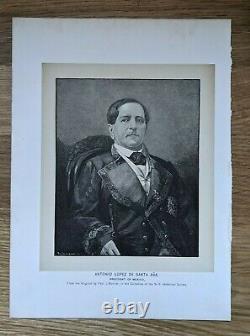
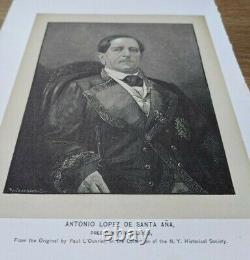
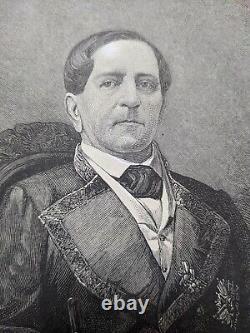
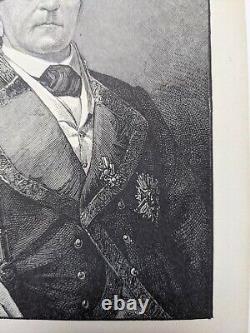
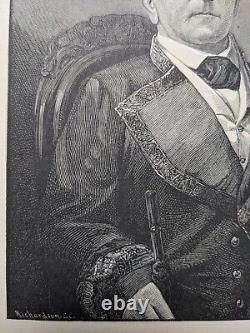
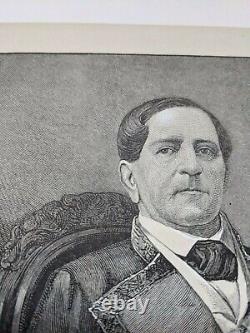




This listing is for an authentic wood engraving portrait of. Antonio Lopez Santa Aña, by James H. Richardson from 1880, replicated from the 19th century Paul L'Ouvier painting.
The detail is spectacular, very similar to currency or other engravings. Please see pictures for the condition of the items and the contents of this listing.
Antonio de Padua María Severino López de Santa Anna y Pérez de Lebrón; 21 February 1794 - 21 June 1876, usually known as Santa Anna or López de Santa Anna, was a Mexican politician and general. His influence on post-independence Mexican politics and government in the first half of the nineteenth century is such that historians often refer to it as the Age of Santa Anna." He was called "the Man of Destiny" who "loomed over his time like a melodramatic colossus, the uncrowned monarch. Santa Anna's military and political career was a series of reversals. He first opposed Mexican independence from Spain, but then fought in support of it. He backed the monarchy of Mexican Empire, then revolted against the emperor.
He "represents the stereotypical caudillo in Mexican history". Lucas Alamán writes that the history of Mexico since 1822 might accurately be called the history of Santa Anna's revolutions.His name plays a major role in all the political events of the country and its destiny has become intertwined with his. Santa Anna was an enigmatic, patriotic, and controversial figure who had great power in Mexico during his turbulent 40-year career.
He led as general at crucial points and served 11 non-consecutive presidential terms over a period of 22 years. In the periods when he was not serving as president, he continued to pursue his military career. He was a wealthy landowner who built a political base in the port city of Veracruz. He was perceived as a hero by his troops, as he sought glory for himself and his army and independence for Mexico. He repeatedly rebuilt his reputation after major losses. Yet at the same time, historians and many Mexicans also rank him as one of those who failed the nation. His centralist rhetoric and military failures resulted in Mexico losing half its territory, beginning with the Texas Revolution of 1836 and culminating with the Mexican Cession of 1848 following its loss to the United States in the Mexican-American War. His leadership in the Mexican-American War and his willingness to fight to the bitter end prolonged the war.More than any other single person it was Santa Anna who denied Polk's dream of a short war. He was overthrown by the liberal Revolution of Ayutla in 1855 and lived most of his later years in exile.

